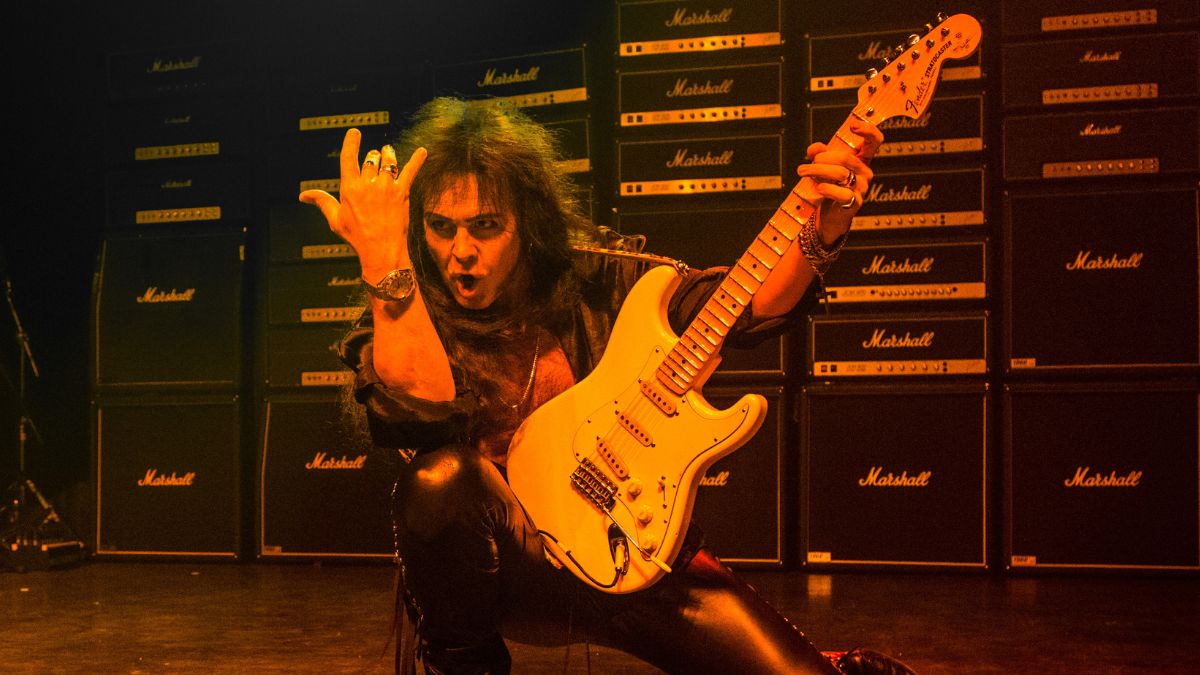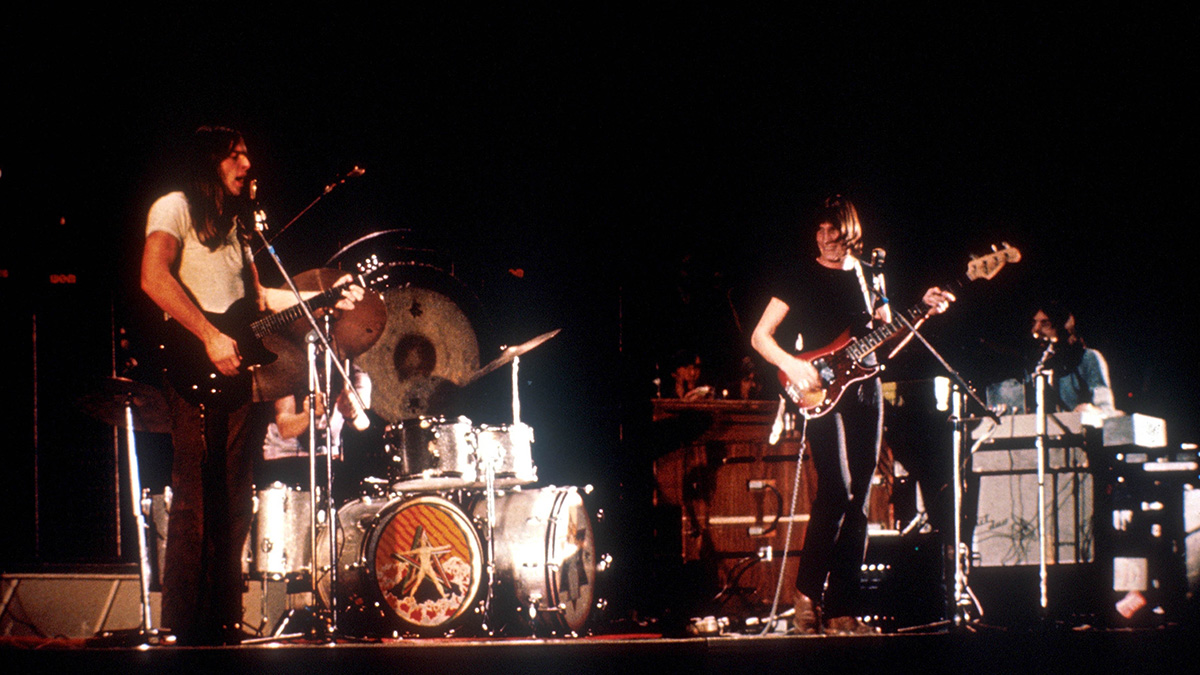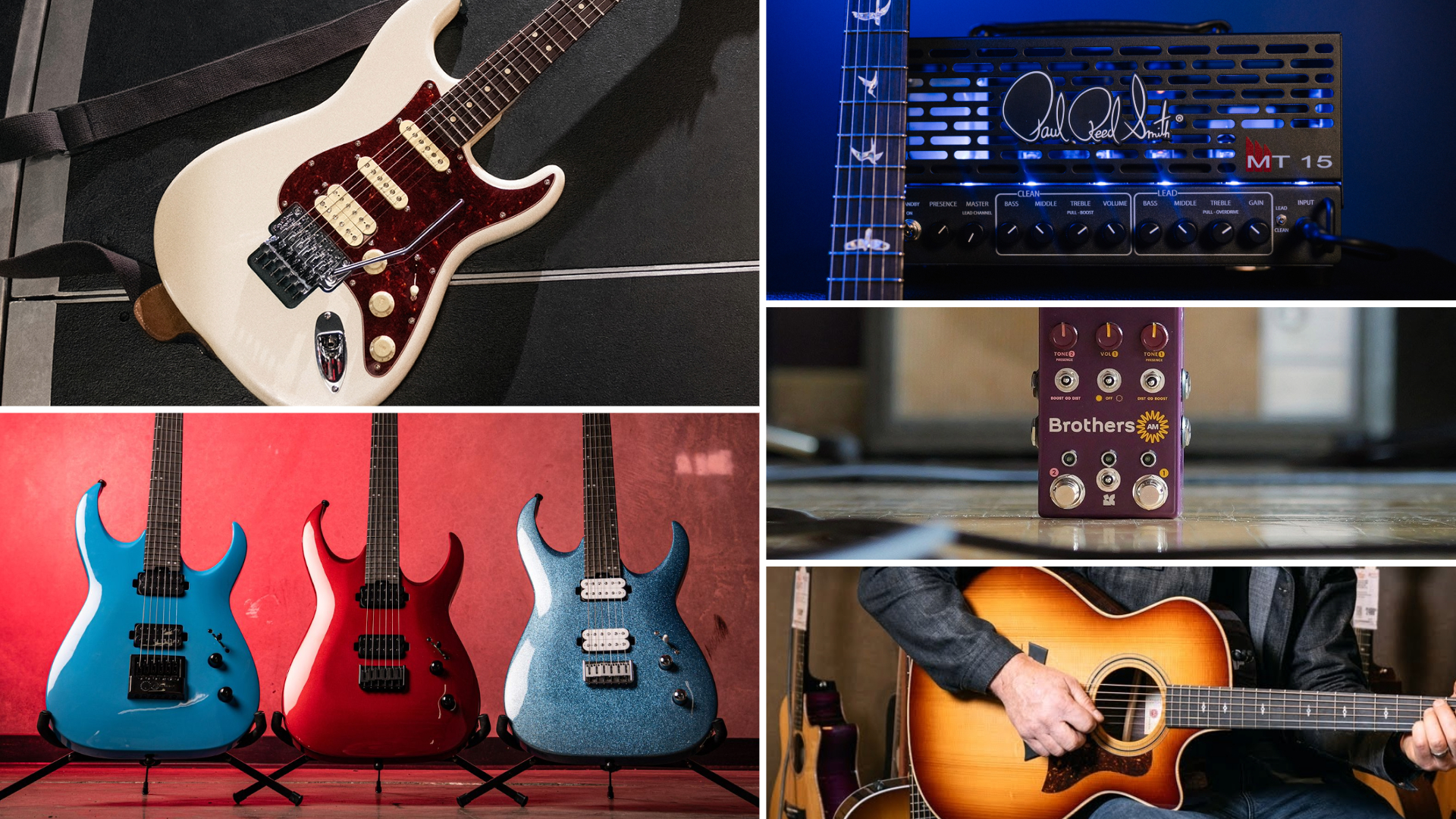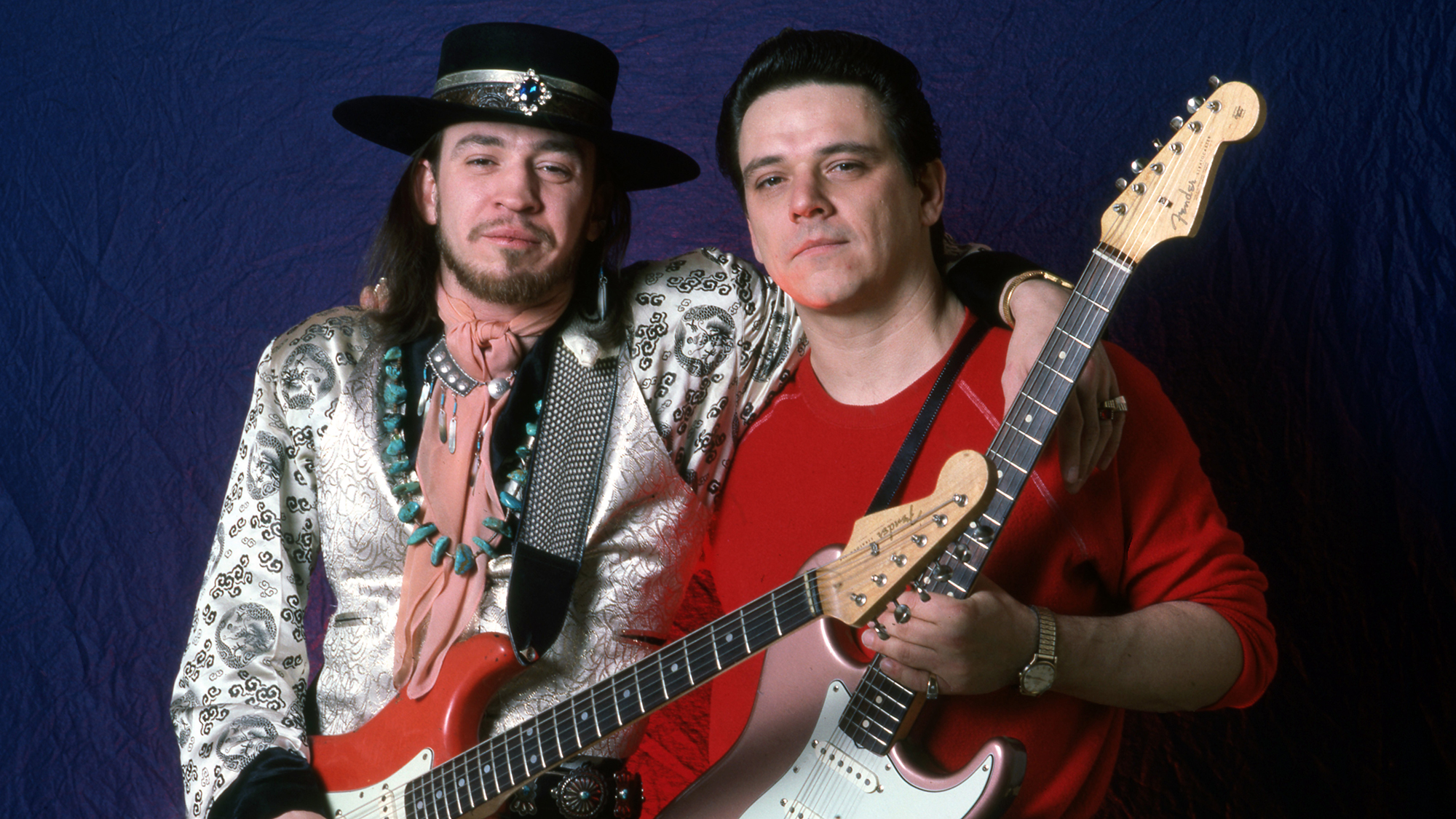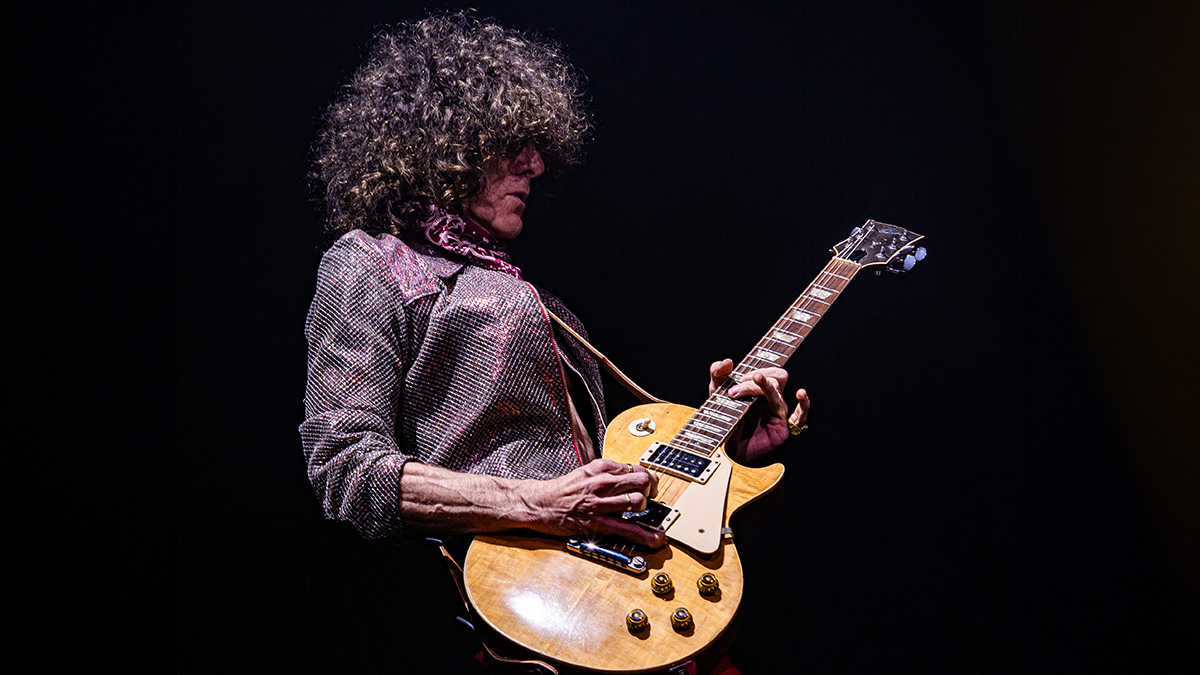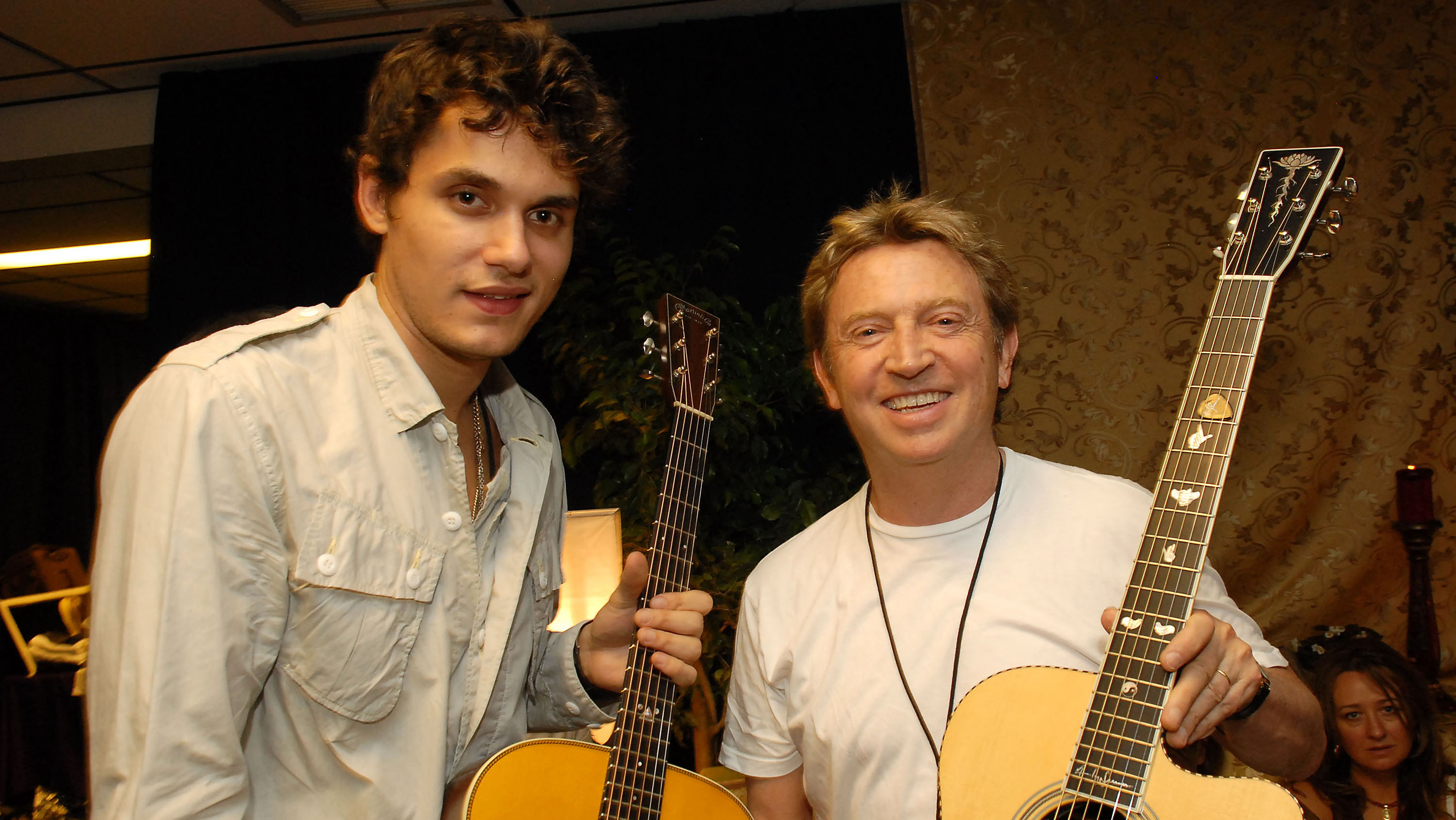Kirk Hammett wishes he could redo the guitar solos on Metallica‘s Kill ‘Em All
The metal guitar hero opens up about how he changed his approach to soloing and that ever-present wah pedal in an hour-plus new interview with Gibson TV
Kirk Hammett recently sat down with Gibson TV for the latest installment of the company’s Icons series, and the hour-plus chat dives deep into the Metallica electric guitar player’s history, from childhood stories and getting his first guitar to the death of Metallica bassist Cliff Burton and the recording of seminal albums like Kill ‘Em All, Ride the Lightning and Master of Puppets.
Throughout, there are numerous conversations focused on Hammett’s lead style and approach. For starters, he says that on Metallica’s 1983 debut, Kill ‘Em All, “a lot of those guitar solos I wish I could do over. But it was really just, ‘Okay, done. Next one.’
“There’s bad notes all over that album. Bends are kinda shaky,” he continues. “But you know, when I think about it, it gives the album personality. And when I hear a track, I think I heard The Four Horsemen a couple days ago and I thought, You know, we were just going for it. We were just happy to be there and we were happy to be recorded.
My whole attitude now is if I improvise and make up stuff right on the spot, that’s a real, real honest way for me to just really show what I’m feeling
“We had pretty high standards of quality even back then but we didn’t have the resources to really do anything about it until the next album. That’s why there’s such a big difference in terms of sound and production between Kill ‘Em All and Ride the Lightning.”
Hammett also discusses how his soloing approach has changed over the years.
“The pressure for me is to not do the same thing twice,” he says. “And so every album I try not to repeat myself. And I know you guitar players know what I’m talking about – we all have our bag of tricks. Once we’ve been through that bag of tricks we’re just kind of staring at the floor like, ‘Oh, now what do I do?’
“I wanted to be free of that sort of thing, and the way I do it is to just fully and completely improvise and to completely work on my improvisation. I realized this in the ‘90s so I started listening to a lot more blues and a lot more jazz and a lot more improvisational music in general.
Get The Pick Newsletter
All the latest guitar news, interviews, lessons, reviews, deals and more, direct to your inbox!
“So my whole attitude now is if I improvise and make up stuff right on the spot, that’s a real, real honest way for me to just really show what I’m feeling and what my guitar capabilities are in the moment.
“I never know what the heck my guitar solos are going to be on certain songs live because I leave it open. The Fade to Black solo, I know that the first seven or eight bars are going to be what I always play. But I don’t have any idea what I’m gonna play after that. There’s a lot of songs in Metallica’s set that are like that now that never used to be.”
Finally, Hammett addresses the all-important wah pedal, and how the effect first came into his life.
“I didn’t have enough money to even buy a guitar case,” he recalls. “I would use a garbage bag.
“The very first time I got a wah pedal it was because a relative of mine passed away. I got a small inheritance of like maybe $150 or something and I took that money and I bought a wah pedal. And it was amazing because all of a sudden I felt like I was able to make sounds that Jimi Hendrix was making, but also sounds that Brian Robertson from Thin Lizzy was making. Pat Travers was making. Sounds I was hearing on all these different albums.
He continues, “I played wah pedal literally for like months on end. It was always plugged in. I was always changing the battery and it was something I just loved. It was a great option when I wanted to take my playing somewhere else and I wanted a real distinct change of sound and direction and attack. Stepping on that wah and finding a spot on that wah all of a sudden shifted my thinking and my playing and instantly.”
Hammett also acknowledges that “people say that using a wah pedal can be a crutch. And yeah, it can be. I certainly am guilty of that. I admit it. But only because I love it so much. But the main reason I use it is because it inspires me.”
The Metallica guitarist is the latest star to take part in Gibson TV's longform Icons series, following the likes of Jerry Cantrell, Tony Iommi and Metallica producer Bob Rock, who recalled that James Hetfield "looked like he wanted to kill him" the first time he asked Metallica to tune down.
Rich is the co-author of the best-selling Nöthin' But a Good Time: The Uncensored History of the '80s Hard Rock Explosion. He is also a recording and performing musician, and a former editor of Guitar World magazine and executive editor of Guitar Aficionado magazine. He has authored several additional books, among them Kurt Cobain: Montage of Heck, the companion to the documentary of the same name.
Ozzy Osbourne’s solo band has long been a proving ground for metal’s most outstanding players. From Randy Rhoads to Zakk Wylde, via Brad Gillis and Gus G, here are all the players – and nearly players – in the Osbourne saga
“I could be blazing on Instagram, and there'll still be comments like, ‘You'll never be Richie’”: The recent Bon Jovi documentary helped guitarist Phil X win over even more of the band's fans – but he still deals with some naysayers





